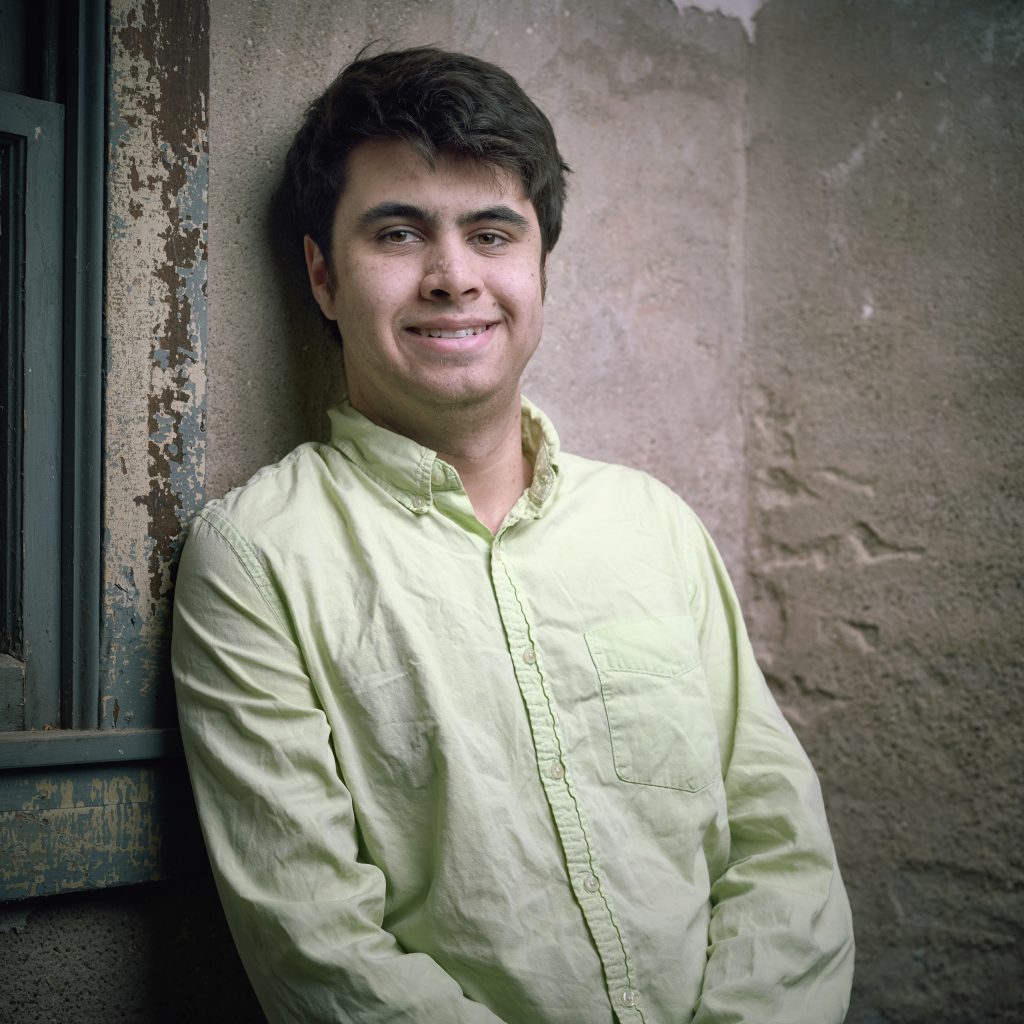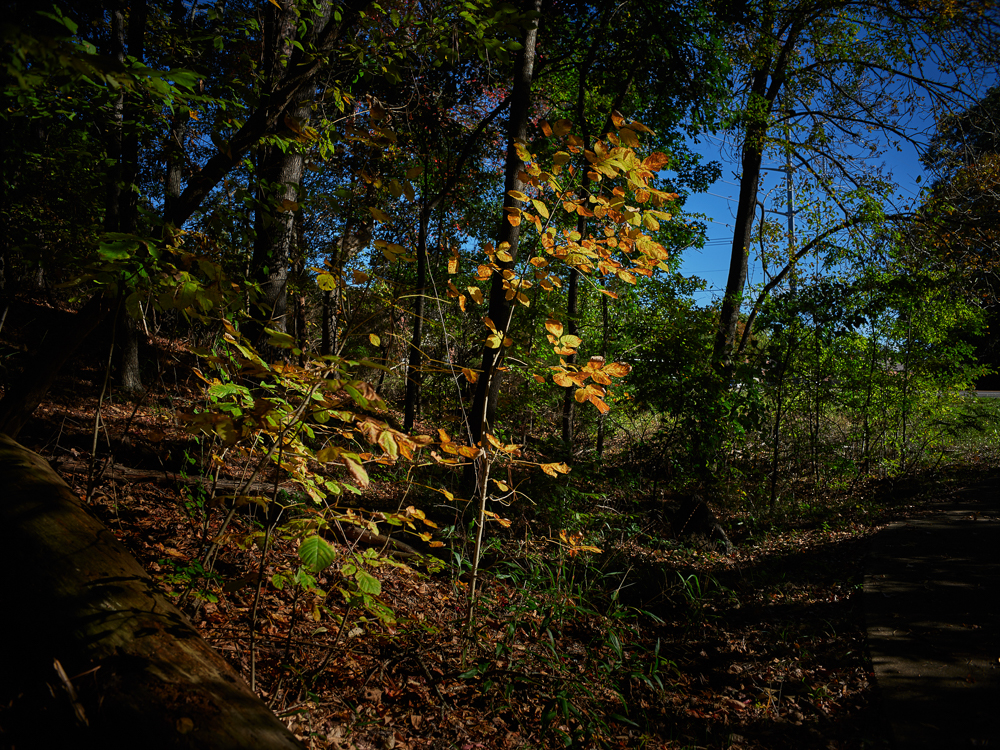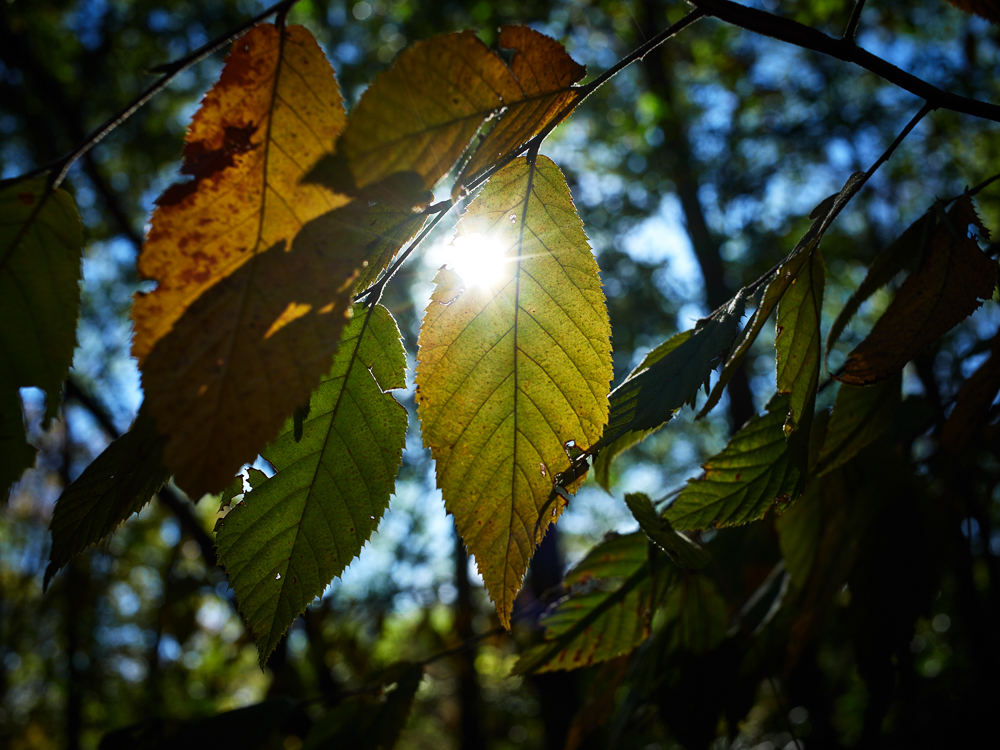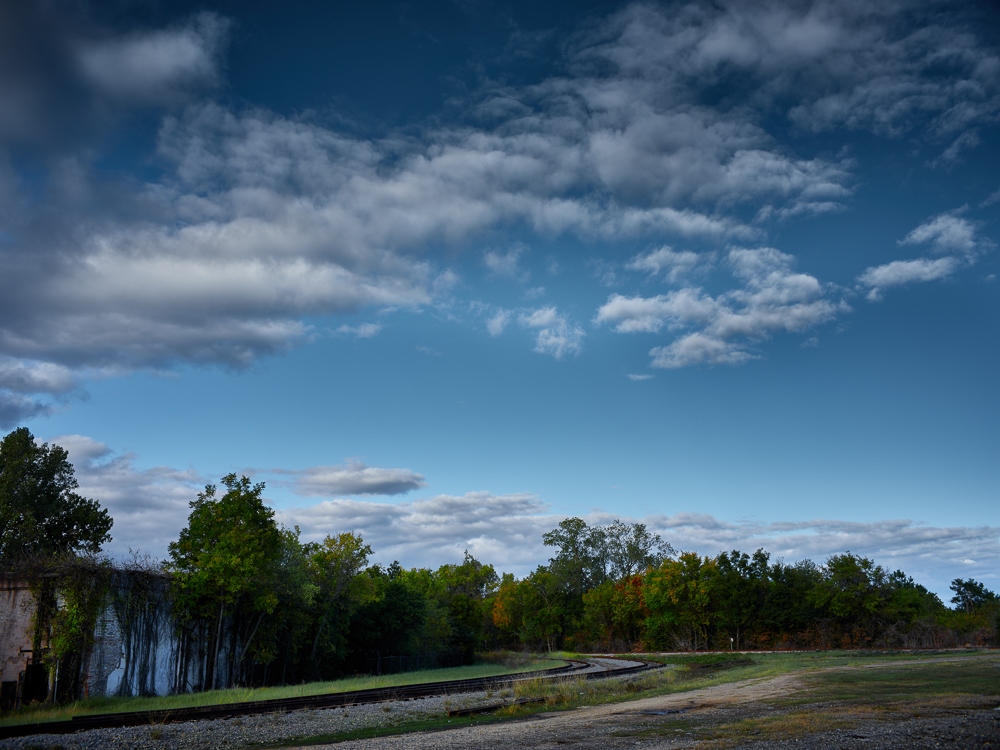
“My name is Govinda Dass, and I was born in a log cabin in the woods. Okay, not really, but I was basically born in a log cabin in the woods. My mom gave birth to me at home in Tyler, in a neighborhood my friends call ‘the sticks,’ smack between the Kelly Springfield tire plant and the airport.
My childhood was all about running around with my parent’s video camera, yelling in a fake Australian accent to sound like my hero, Steve Irwin. I would catch snakes, dig up crawfish in dry creek beds, and play with tadpoles in standing pools of water in the road. All perfectly safe activities, I promise.
I learned to spend my time outside by watching my dad. He came to Tyler from Assam, a deeply forested state in northeast India, to play tennis at T.J.C. You’d think that would be a tough transition, but he loves it here. I think Tyler’s green spaces and forests are part of why. He spends his time chopping wood, taking care of the plants, and feeding the birds.
He’s the one that got me involved with Boy Scouts. Through Scouts, I explored the Sabine River, the Freshwater Fisheries Center in Athens, the Angelina National Forest in Nacogdoches, and Caddo Mounds.

Living around here, everyone knows about the Piney Woods. Loblolly pine trees and juniper as far as the eye can see. Lush green canopies bustling with woodpeckers and ringtails. The forest floor littered with brown pine needles and dead logs, each teeming with life. Skinks starting under bark, snapping up spiders and millipedes as termites and pine beetles break down the log, turning it into fertilizer for the forest.
What a lot of people don’t know is that Tyler is also surrounded by a type of forest known as bottomland hardwood, originally a mix of deciduous and evergreen trees. The reason we see so many pine trees now is because they were planted after the old-growth forests were cut down, starting with the plantations built here in the 1800s, and later for lumber and oil. But before that, this place was more wetland. You can see the fossils all around you. Remnants of creeks and sloughs might be in your backyard. The reason we’ve grown roses here is because the soil is so moist and well-drained. In 17th century, the indigenous Caddo would plant their crops on these floodplains.
It’s important to understand that these systems are always in a cycle of death and rebirth. I’m just 23 years old, but degeneration is familiar to me, personally, because I have muscular dystrophy.
For those of you who don’t know, when you work out, your muscles break down and then become stronger thanks to a protein called dystrophin. People with muscular dystrophy don’t have dystrophin, and their bodies can deteriorate very quickly. I have a lesser version, but still, without rest, my body tends to break down. This has almost killed me twice, once in a high school marching band accident, and once choking on a piece of overcooked chicken. Turns out your throat is a muscle, too!
Because of the way my body works, I won’t always be able to explore Tyler’s woods like I can now, so I want to soak it in with the mobility I have today. But sometimes, I worry that these places are disappearing for everyone.


When I see that woods near South Tyler or towards Lake Palestine are getting cut down to build a car wash or a row of McMansions, I just feel sad. The Piney Woods is considered endangered by the World Wildlife Fund, which notes that “about three percent of the remaining habitat is considered intact.” Why would we tear down God’s masterpieces? I shouldn’t live longer than these trees.
At night, whether we realize it or not, our town comes alive with more than just street lights and neon signs. A family of foxes eats the rats that live under your houses. An opossum and her kids clean up the park, gobbling up ticks and spiders, preventing the spread of Lyme disease.
For most of my life, my favorite season in Tyler has been winter. All these birds start migrating here and many stay year round. In the morning, you can hear this cacophony of melodies, chirps, and whimpers. The forest floor comes alive as sparrows and chickadees scavenge the leaf litter. Further back in the forest, there is this spring-fed wetland that is normally an orchestra of cicadas and frogs and beavers building. But in winter, it’s oddly at peace, nearly freezing as the sun rises on the slough. Bellows of steam rise deep into the sky as waverly winds filter through pine needles and cause the old pillars of the forest to moan and sway.
We are not separate from nature. We are forever entwined with it. I’ve graduated from college and moved back in town, and the house where I grew up and where my parents still live means more than me than ever. But I feel sad because I no longer hear birdsong on Broadway.
With the way my body works, I’m sometimes worried that I won’t always be able to experience what I love about our Piney Woods, so I want to experience them the best way I can right now. But most importantly, I think of my children, and what I want them to experience. I want them to run around the same trees and forests that I loved when I was a child. I don’t want them to think that nature is a green lawn with nothing living in it. I want them to camp at Tyler State Park, the old Sabine Bottom, and the Burleson Wetlands. I just want them to stop, look around, and listen.
I wasn’t sure how to end this, so I thought I would just quote my hero, Steve Irwin. I promise I won’t do the accent. He said: ‘I want to drink the cleanest water. I want to breathe the purest air. I want wildlife in abundance. but most importantly. I want a future for our children.'”
Note: This story was originally performed at The Tyler Loop’s Out of the Loop storytelling show at Liberty Hall in April 2019. Stay tuned for our next show, with a new lineup of storytellers, in November 2019. The written version of this story has been edited since the performance.
Govinda Dass is a graduate of Robert E. Lee High School and U.T. Austin. He also attended Tyler Junior College. Govinda has extensive experience as a competitive college debate and speech team participant, and played saxophone at Lee. He’s lived in Tyler his whole life, and currently works at Lee as an educator.
As an avid nature lover and also a person living with muscular dystrophy, Govinda is deeply invested in spending time in nature and spreading awareness of the importance of nature conservation.
Love what you're seeing in our posts? Help power our local, nonprofit journalism platform — from in-depth reads, to freelance training, to COVID Stories videos, to intimate portraits of East Texans through storytelling.
Our readers have told us they want to better understand this place we all call home, from Tyler's north-south divide to our city's changing demographics. What systemic issues need attention? What are are greatest concerns and hopes? What matters most to Tylerites and East Texans?
Help us create more informed, more connected, more engaged Tyler. Help us continue providing no paywall, free access posts. Become a member today. Your $15/month contribution drives our work.







